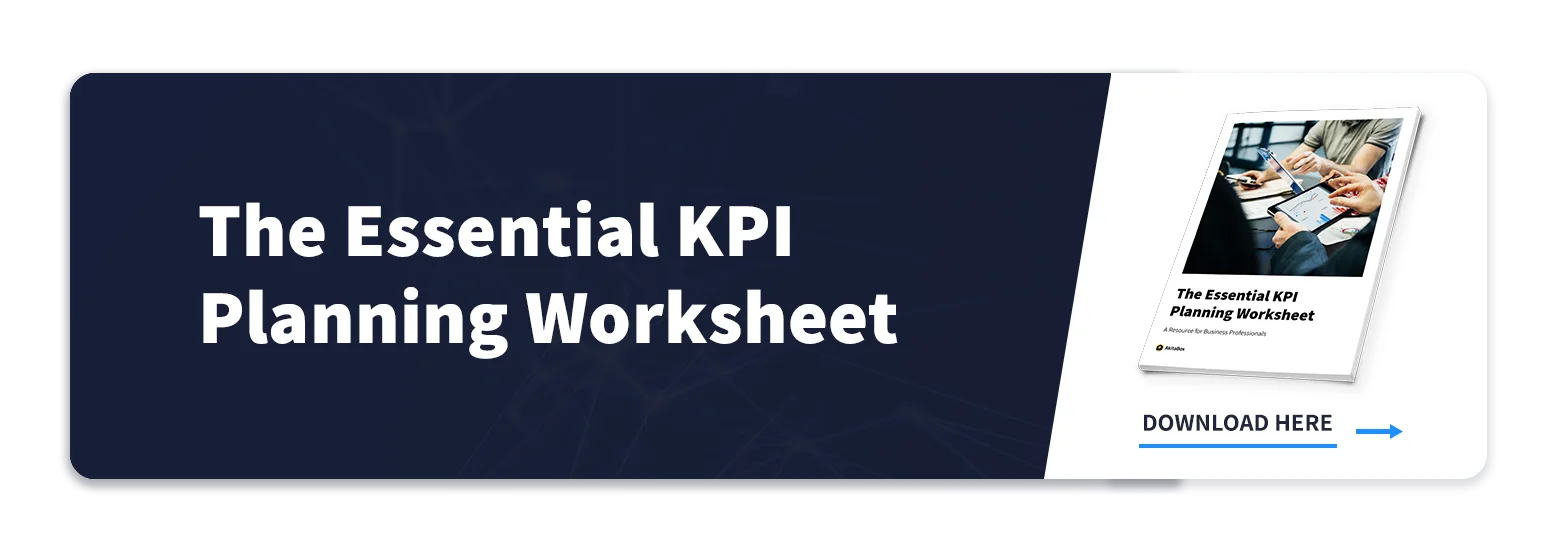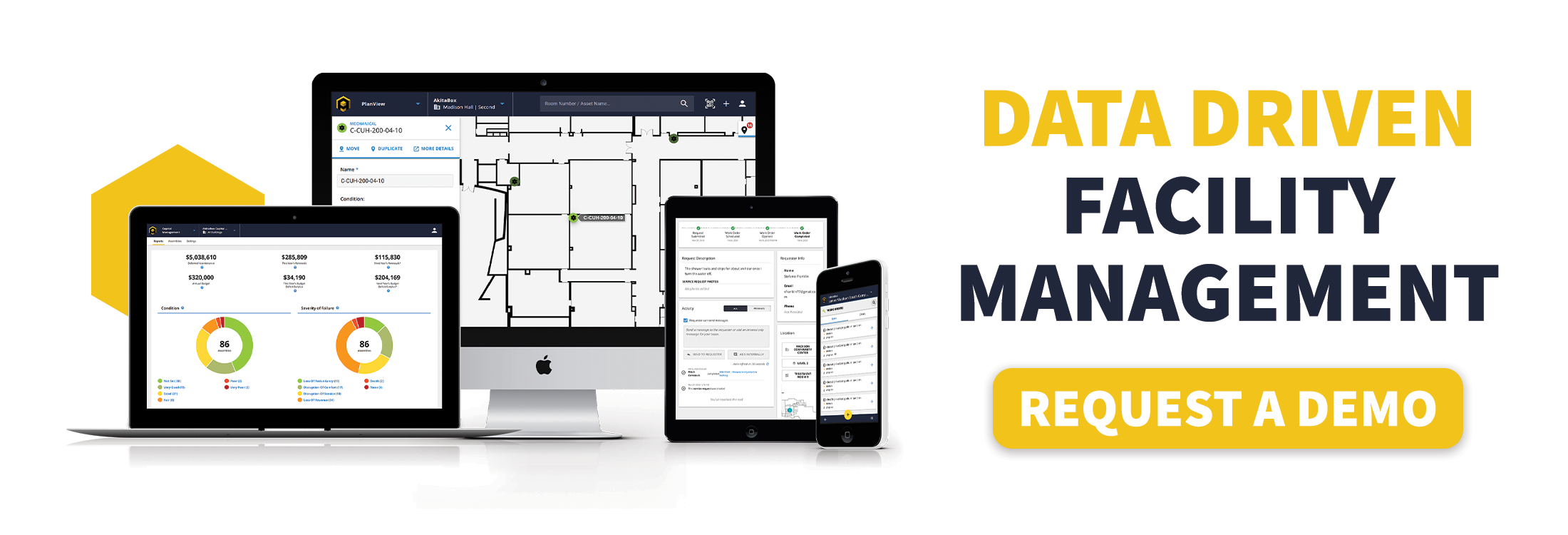As a facility leader, you’re not just responsible for managing your facility’s assets. You’re in charge of developing strategic asset management plans. Successful building management requires a systematic approach, referred to as facility asset management, to monitor, maintain and plan for facilities. This guide offers the broad, underlying principles (and a number of free resources) that will help you develop a strategic asset management plan.
Tracking Facility Assets
Your facility team is responsible for the assets inside and on your facility’s property. You should have a formal inventory of maintainable or replaceable assets — those that need upkeep and those that need to be regularly changed. Tracked assets in your formal inventory should include anything that must be maintained once per year, anything that costs more than $5000, and anything that would cause extreme duress if it were to fail.
1. Facility Data Collection
The best long-term planning for your facility occurs when you collect data on your asset. It’s important to collect the right data, so your team isn’t on an indefinite hunt for information. Don’t not make the mistake of assuming that more data is better. In fact, too much data or the wrong kind of data will result in lost time. Instead, collect the basics such as name, category, model number, etc., but make sure to include a notes field so your team can record unique facts about the asset. You can set these standards in the facility management software you use to collect the data. Monitoring this data will give you an idea of how well a particular asset is serving your organization. If you’re worried about finding the time to collect your facility data, consider having a team of professionals do it for you!
2. Facility Asset Maintenance
Once you have a working inventory list, you need to define and determine maintenance and replacement schedules for all of your assets. Asset management and day-to-day maintenance go hand in hand making it necessary to integrate these two things in the facility maintenance software you use. Your facility management software should allow you to set up recurring preventive maintenance schedules so a facility manager or an assigned team member will receive a notification whenever a planned maintenance task is approaching. Once you have implemented and are familiar with your facility’s maintenance and replacement schedules, you will better be able to plan your budget.
3. Strategic Facility Planning
After collecting data and developing a maintenance schedule for your assets, you need to plan for the long-term maintenance of your asset inventory. Specifically, put a plan in place that revolves around updating and decommissioning assets. In some cases, you may find that a particular asset, even if updated, isn’t serving your organization in the best way, making it a non-essential asset that you don’t need to continue holding. Similarly, by having a working inventory list and accompanying data, dealing with critical needs and unexpected asset failures will be easier because you know exactly what needs to be done and when it needs to take place.
Remember to keep your plan simple and collect good data. As the first set of international standards for asset management, ISO 55000 is a good resource for getting you started in the right direction and will walk you through setting up your asset management plan, but don’t get too caught up in the details. It’s most important to get a plan in place; you can always adjust things as you become more comfortable with your processes and see the need for adjustments.
Creating a Strategic Facility Asset Management Plan
If you haven’t yet developed a strategic plan to manage your facility’s assets, it is best that you start as soon as possible. Facility asset management is a valuable tool that leads to consistency in your organization, resulting in transparency, improved planning, risk management and an increased sense of engagement in your team.
Here are a few resources to get you started:
- 4 Square Footage Definitions You Need to Know and How to Use Them
- A blog full of useful information and graphics to illustrate the best ways to understand the space within your buildings
- Understanding and Implementing Preventive Maintenance
- A free guide on how to take your facility from reactive to proactive
- 5 Steps to Accurate Floor Plans
- A guide on how to make sure your facilities have up-to-date information
- How to Write an RFP for Facility Management Software
- An instructional blog on how to get the software your facility team needs (free RFP template included!)


